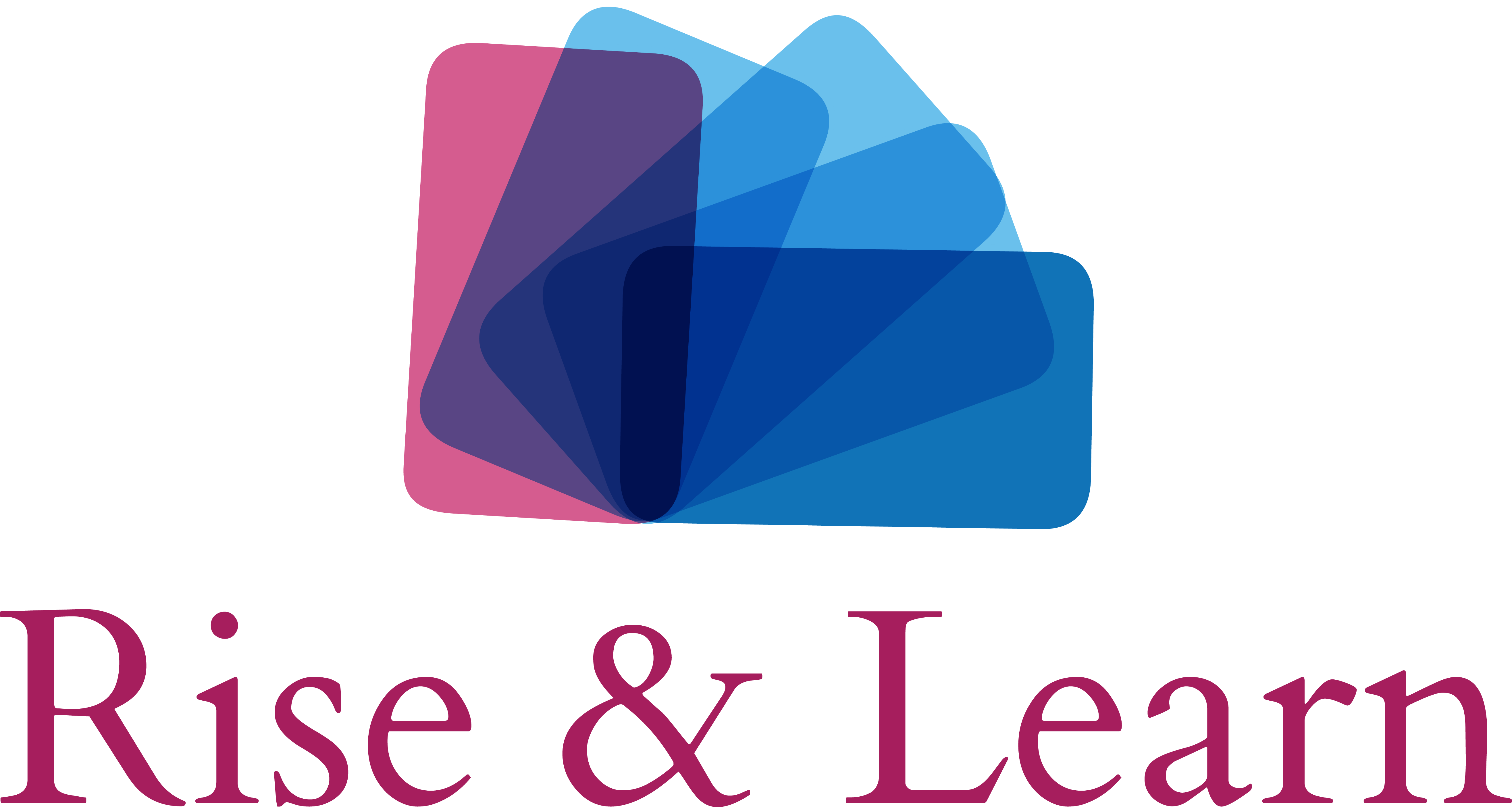The Essentials for Anger Management
Anger is a normal – and even healthy – emotion, rooted in the instinct for self-preservation. However, if not managed properly, our feelings and emotions can be very destructive. It’s important to find healthy ways of owning and expressing your anger. This requires emotional intelligence (EI) and a good emotional quotient (EQ), or emotional intelligence quotient (EIQ).
In this course, you’ll explore how to manage your anger and your anger response. You’ll also explore the nature of anger, including its root causes and ways to use it positively in the workplace. And you’ll learn how develop empathy for colleagues who may be causing your anger.
40 Minutes
- Choose actions to manage your anger using an emotional response
- Choose actions to manage your anger using an intellectual response
- Recognize effective responses for dealing with an angry person
- Determine the root cause of anger in a given situation
- Identify the benefits of using anger positively in the workplace
- Recognize how to use anger positively in the workplace
How Culture Impacts Communication
With so much business happening on a global scale, cross-cultural communication is more important than ever before. Communication is always a challenge, and when diverse cultures interact, good communication can be even more challenging.
In this course, you’ll learn about the importance of achieving a proper mindset for cross-cultural communication. You’ll explore aspects of cultures that affect how people communicate across cultural boundaries. You’ll learn also considerations for speaking and writing in cross-cultural environments.
50 Minutes
- Identify perspectives that support cross-cultural communications
- Define high- and low-context communication styles
- Classify examples of communication styles as low context
- Recognize strategies for effective communication in low-context cultures
- Identify examples of communication styles as high-context
- Recognize strategies for effective communication in high-context cultures
- Communicate effectively in low- and high-context settings
Using Communication Strategies to Bridge Cultural Divides
It takes time to build working relationships with people from other cultures, but it only takes a second to alienate them by inappropriately crossing cultural boundaries. That’s why building relationships across cultures is so important in the current global business context, where you have to share objectives and working space with people with diverse cultural backgrounds.
In this course, you will learn about dealing effectively with cultural diversity to improve cross-cultural communication and build rapport. You’ll also learn about the misunderstandings and behaviors related to a culture that can hinder good communication and ways to overcome them. Finally, you’ll learn strategies for giving effective presentations to people from low- and high-context cultures.
40 Minutes
- Recognize how to deal effectively with cultural differences to improve cross-cultural communication
- Recognize strategies for building rapport across cultures
- Classify examples of ethnocentrism, stereotypes, and misunderstandings in the context of cross-cultural communication
- Recognize behaviors that can hinder cross-cultural communication and actions to overcome them
- Classify the cultural attributes as either low- or high-context
- Identify guidelines for a low-context approach to giving effective presentations
- Identify guidelines for a high-context approach to giving effective presentations
- Use strategies to overcome cultural differences
- Expertise Level
Capturing the Attention of Senior Executives
Does your job require you to communicate critical information to c-suite executives, such as the Chief Executive Officer (CEO)? Perhaps you have opportunities to influence executive decision making, but don’t know how best to deliver your message. In order to make the most of your communication with senior executives, you need to be prepared.
In this course, you’ll learn how to shape your message so it’s communicated clearly to your organization’s c suite. You’ll discover how to build your credibility with those at the senior level, such as the CFO, CIO, and COO. And you’ll explore how to approach and plan meetings with senior executives, and how to make your case – whether it’s with an elevator pitch or a formal report.
50 Minutes
- Identify key areas to focus on when preparing to communicate with an executive
- Determine which basic principles for communicating with senior executives have been used in a situation
- Recognize how to build your credibility with senior executives
- Plan how to conduct a meeting with senior executives
- Match communication platforms to their characteristics
- Determine whether relevant guidelines have been followed when communicating with an elevator pitch or a presentation
- Recognize when to make a report or a proposal to senior executives
- Use techniques to get the attention of senior executives
Planning Meetings Fit for Purpose
Have you ever yawned your way through a presentation or meeting, and left feeling like it was a waste of your time? Maybe the meeting wasn’t relevant to you or it wasn’t presenting the information in an engaging way. Meetings are among the most expensive forms of communication, so it’s essential to make the investment worthwhile.
In this course, you’ll discover a process for preparing effective meetings by establishing a clear purpose and objectives. With the right people and agenda, and solid prep work, you’re nearly there! If you struggle to start meetings on the right note, this course can help you get the most out of them, saving you valuable time.
30 Minutes
- Recognize the value of planning meetings
- Identify the questions to ask to determine if a meeting is necessary
- Identify who should participate in a meeting
- Use a process for creating an effective agenda
- Recognize how to prepare yourself and others for a meeting
- Recognize the goals served by examples of opening statements in a meeting
Running Meetings in Better Directions
Have you ever attended a meeting or presentation that left you feeling frustrated?
Despite their reputation for sometimes wasting time, meetings remain one of the most effective tools for sharing information, presenting ideas, and making decisions – if facilitated well. Meetings can be very productive; many issues can be resolved, and participants can feel grateful they attended.
In this course, you’ll learn how to kick off meetings and how to ensure maximum participation and buy-in. Then you’ll be introduced to what to do when meetings go off track, when to intervene, and how to deal with productivity problems.
You’ll also learn how to close and follow up on a meeting.
30 Minutes
- List steps that are common to conducting both regular and task force meetings
- Describe how to facilitate decision-making to maximize participation and buy-in
- Respond appropriately when discussion goes off track in a meeting
- Recognize statements that represent best practices for intervening in a meeting
- Identify the best approaches for dealing with a given productivity problem in a meeting
- Specify the responsibilities of the meeting leader with respect to closing and following up after the meeting
Audience and Purpose in Business Writing
To write effective and appropriate business messages, you need to know your audience and your purpose. In this course, you’ll discover how to identify your readers and create messages that convey the appropriate tone for different reader roles.
You’ll also explore how to write effectively for the three most common purposes: to inform, respond, or persuade.
50 Minutes
- Identify key considerations when analyzing the targeted readers of a business document
- Recognize the appropriate type of written message to use for a given situation
- Recognize guidelines for writing effective informative messages
- Identify characteristics of effective responsive writing
- Recognize key elements of persuasive writing
- Use the appropriate tone to communicate a business message in writing
- Recognize strategies for writing effective business messages for a given audience and purpose
Clarity and Conciseness in Business Writing
Being clear and concise in business documents and messages isn’t always easy. But it’s essential in the workplace if you want what you write to be read.
In this course, you’ll explore techniques you can use to make your writing more clear. Specifically, you’ll learn about the importance of using short and familiar words, appropriate connotations, concrete and specific language, and transitional words and phrases.
You’ll also explore tips for being more concise in your writing and best practices for organizing content.
50 Minutes
- Identify examples of guidelines for making clear word choices when writing
- Recognize how to apply guidelines for writing clearly
- Recognize how to apply guidelines for writing concisely to a given sample of business writing
- Recognize the effective use of precise verbs and active voice in a given sample of business writing
- Recognize ways of organizing written text for greater reader understanding
- Identify design elements that can help increase reader understanding of written text
- Apply techniques for writing clearly and concisely
Editing and Proofreading Business Documents
Have you ever distributed a document or message only to find later that you forgot to include a key point or correct an embarrassing spelling error? Taking the time to edit and proofread your writing will help you produce more focused, polished, and effective business documents.
This course describes how to edit and proofread effectively, covering key areas, such as tone, structure, clarity, and accuracy, as well as common grammar, punctuation, and spelling mistakes to watch out for.
50 Minutes
- Identify general techniques for editing and proofreading
- Recognize errors related to accuracy and completeness in a given business document
- Identify guidelines for editing the structure of written documents
- Specify ways to handle lack of clarity or conciseness in written documents
- Recognize the appropriate use of tone for a given situation
- Recognize issues related to word usage and punctuation when proofreading a given business document
- Identify grammar, spelling, and style consistency mistakes in a given business document
- Apply techniques for editing and proofreading written documents
Developing an Effective Business Case
Presenting a business case to the executives of your company is a daunting task. You need to put time and effort into business planning, writing, and presenting to be successful.
This course prepares learners interested in the development of effective business cases. You’ll learn what a business case is and when one is used, how to align it with your company’s goals, what research you need to do, and what information should be included in your business case. Finally, you’ll learn how to present your business case to decision makers.
In this course, you’ll learn the characteristics that most self-starters have in common, and why they are valued as employees and as leaders. You’ll also learn the skills you need to build or enhance your own self-starting toolbox, the barriers you may encounter on the path to being a self-starter, and strategies to overcome those challenges.
50 minutes
- Identify the functions of a business case
- Recognize what needs to be researched before writing a business case
- Recognize steps for aligning a new project with your company’s strategic goals
- Recognize guidelines for deciding who should be involved in writing a business case
- Identify guidelines for successful business case layout
- Recognize the elements of the main body of a business case
- Identify the characteristics of an effective presenter
- Use strategies to create effective business cases
- Expertise Level
Writing Effective E-mails and Instant Messages
Email has become an indispensable communication tool for organizations, and plays a vital role in how they conduct business and maintain their operations. As a result, one of the most important communication skills to have in the workplace today is email etiquette. It can help ensure you get messages across quickly, appropriately, and concisely.
In this course, you’ll learn some tried and tested guidelines for writing emails. You’ll explore the fundamental elements of written communication that every email should contain, and the importance of keeping emails concise. The course also covers the etiquette associated with using instant messaging programs as an extension of email.
50 minutes
- Recognize the appropriate use of basic rules of etiquette related to the tone and formatting of e-mails
- Recognize the appropriate use of basic rules of etiquette related to answering e-mails
- Identify appropriate ways to use the “From” field and subject line in e-mails
- Recognize effective ways to write the parts of an e-mail message
- Identify guidelines for keeping e-mails concise
- Recognize appropriate usage of basic rules of IM etiquette
- Use rules and guidelines to write effective and appropriate e-mails and instant messages
Sending E-mails to the Right People
Sending an email to the wrong person, or excluding the right person, hinders effective communication and is a sign of poor email etiquette.
Because email is so central to how organizations do business today, writing emails effectively – and getting them to the right people – is one of the most important communication skills to have.
In this course, you’ll learn a vital facet of written communication: how to address and distribute emails. You’ll be introduced to best practices for deciding who to send emails to and how to flag emails appropriately. The course also covers proper etiquette for forwarding emails and using reply and reply all. In addition, it highlights some poor copying practices to avoid.
50 Minutes
- Identify tips for using the To field when sending e-mail
- Use the Cc and Bcc fields appropriately in an e-mail
- Set the priority status of e-mails appropriately
- Recognize how to reply effectively to e-mails
- Identify best practices for forwarding e-mail
- Recognize examples of when it’s inappropriate to copy an e-mail over someone’s head
- Recognize how to address and distribute e-mails appropriately
Organizing Your E-mail
In the modern business environment, it’s easy to feel overwhelmed by the volume of written communication that you need to process every day. To keep up, you need strong communication skills to sort, file, respond to, or delete all emails that you receive during your business day.
In this course, you’ll learn some vital communication techniques for managing and writing emails effectively. The course covers email etiquette tips on how to use folders and filters to organize emails for increased efficiency, as well as guidelines on what emails to delete.
You’ll also explore how to recover important information should you lose an email.
50 Minutes
- Recognize how to manage time by organizing business e-mails
- Identify approaches to personal e-mail that can save time
- Determine whether to keep or delete an e-mail
- Recognize how to use the e-mail folder structure effectively
- Use filters effectively to organize e-mail
- Identify techniques to use to find e-mail information
- Use strategies to manage e-mail effectively










